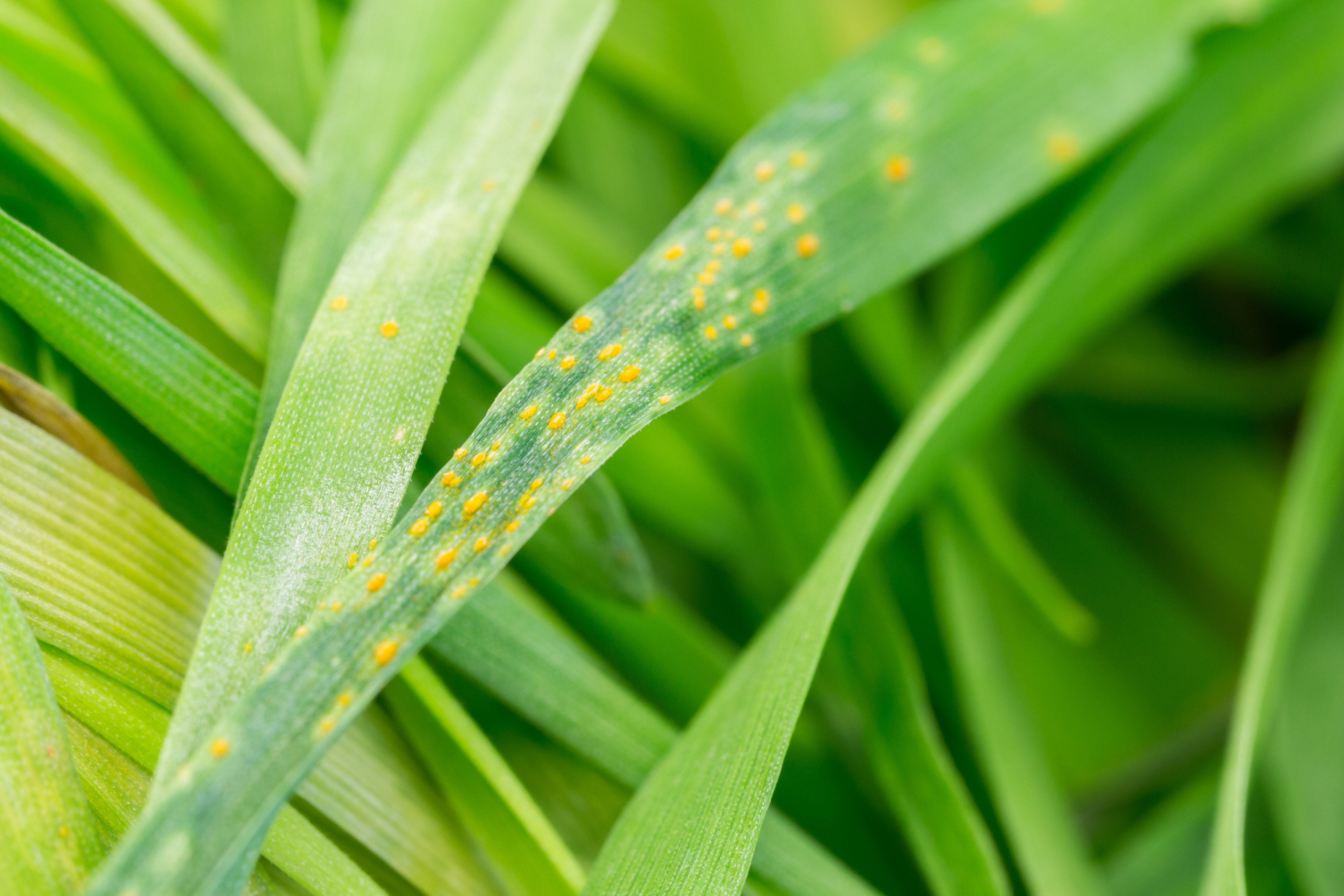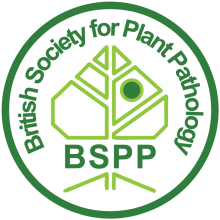Cereal diseases can reduce crop yields and lower the quality of the harvested grains, leading to economic losses for farmers. To prevent and control cereal diseases, farmers can use a combination of cultural practices, such as crop rotation and sowing date, and chemical treatments, such as fungicides and insecticides. It is also important for farmers to monitor their crops regularly for signs of disease and to promptly implement control measures when necessary.
This summary was written by OpenAI's ChatGPT - If you can do better please Join and Edit the page.













